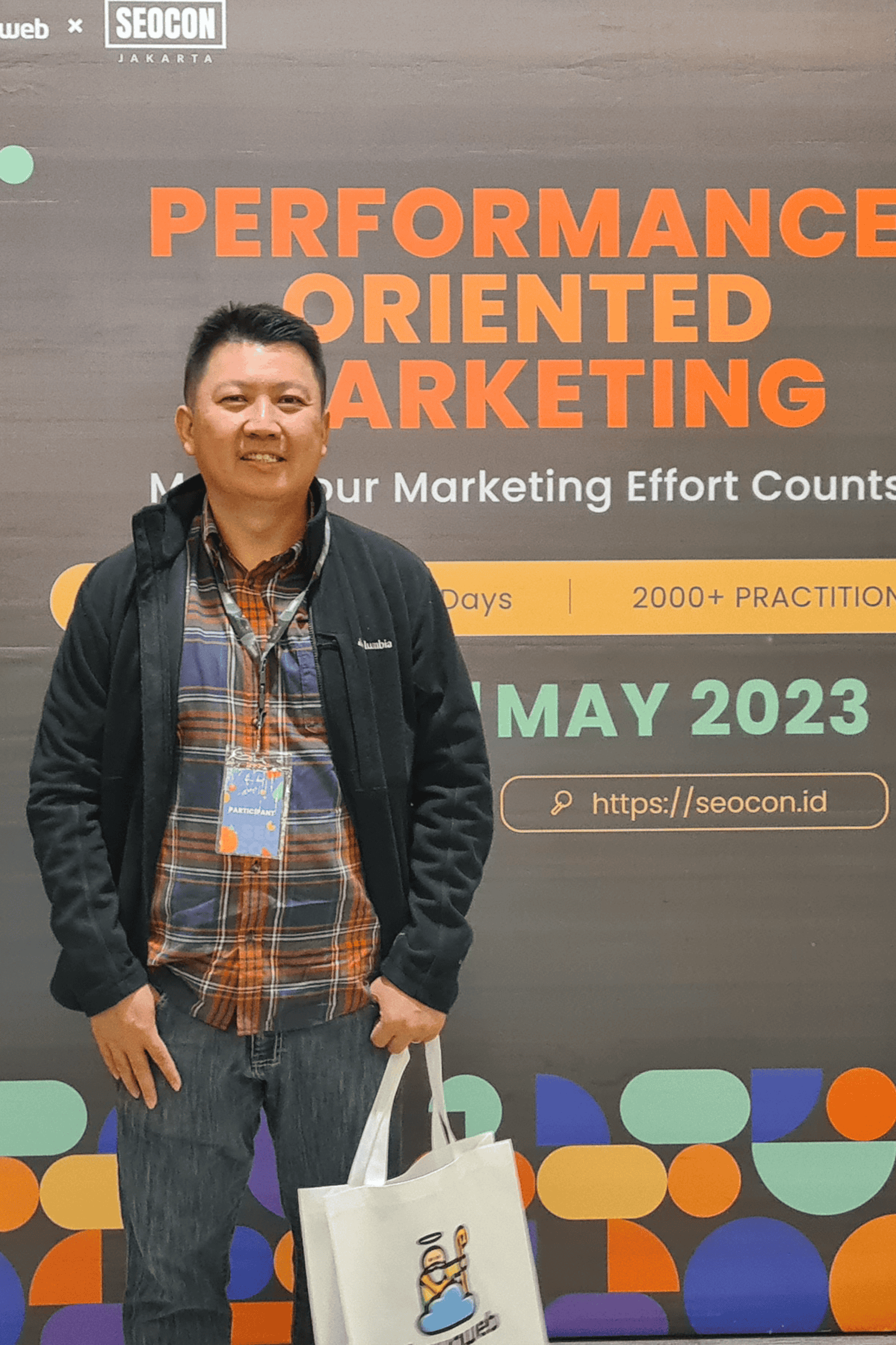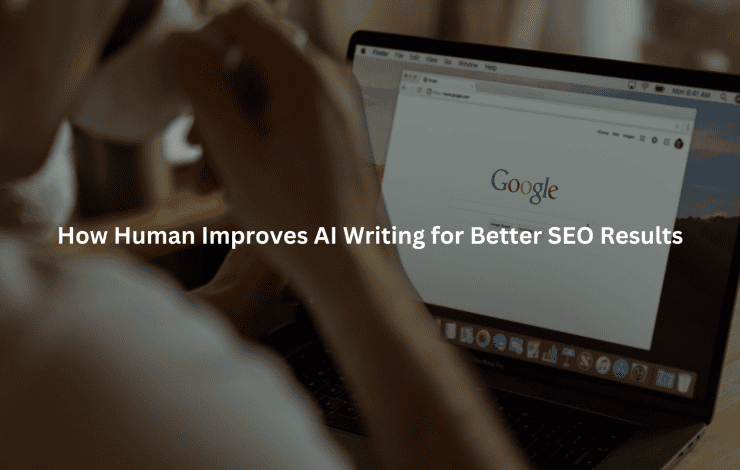AI-written stuff gets the job done quick, but it usually skips over the little things that matter. Context slips through the cracks, nuance gets flattened, and search engines probably won’t love it. That’s where human editors come in.
They pick up the slack, cleaning up AI drafts for sharper meaning, fixing up facts, and making sure everything fits what people are actually searching for (SEO, for those who care about acronyms). The result? Content that doesn’t just fill space. It makes sense, shows up in searches, and actually connects with the people reading it.
Key Takeaway
- Human editors double-check facts, clear up confusing bits, and make sure the writing actually speaks to the people it’s meant for.
- They weave in smart SEO tricks, so the content climbs higher in search results and draws more real visitors.
- With a person’s eye on it, the writing keeps its realness and helps readers trust what they’re seeing.
Essential Roles of Human Editors in AI Content
There’s this odd pause, right after an AI hands over a draft, where something just doesn’t sit right. Sure, the grammar checks out, and the sentences run smooth enough. But it’s like the piece is missing a heartbeat.
At Jet Digital Pro, this happens all the time. Clients want the speed of AI, but what they’re really chasing is something that lands with readers. They need a human filter. That’s where editors step in. We add the layers, context, subtlety, and that extra bit of meaning that makes even the driest tech piece feel alive. [1]
Enhancing Context, Tone, and Nuance
Interpreting Audience and Intent
After going through hundreds of AI-written articles for agencies and SaaS folks, you start to spot the same issues. AI doesn’t always catch the mood. Sometimes it’ll crank up the drama when the topic just needs a steady hand.
Like with that pet insurance piece, AI made every sentence sound like a disaster was waiting to happen. We had to rewrite big chunks, shifting the tone from panic to practical concern, because that’s what real people actually care about. You can’t get that from a data set, only from knowing how people tick.
Ensuring Content Relevance With Semantic Keywords
AI can cram in a main keyword, but it misses the little phrases people actually type into Google. We use LSI keyword tools, sure, but then we stop and ask, “Would someone actually search this way?”
When we worked on a finance blog, we made sure terms like “mortgage refinancing tips” and “fixed-rate loan advantages” showed up in ways that sounded natural, not jammed in. That’s the difference between just ranking and actually being readable.
Adapting to Content Themes
Integrating Contextual Keywords
There’s a knack to slipping in contextual keywords so they don’t trip up the reader. We hunt for spots in the text, a stat, a claim, a transition, where a keyword fits without making things awkward. AI loves to toss in “keyword salad.” We take those bits and line them up so the writing makes sense to a person, not just a search bot.
Maintaining Thematic Consistency Across Pillar Pages and Subtopics
Pillar pages are where AI usually stumbles the most. It’ll repeat itself or drift off into unrelated tangents. We map out the subtopics, group them, and make sure every section circles back to the main idea.
For a digital marketing agency, our editors kept the “content optimization” pillar tight, so every subtopic, SEO strategy, keyword mapping, competitive analysis, felt like it belonged, not just stuck on for the sake of it.
Ensuring Accuracy, Clarity, and Consistency
Fact-Checking and Data Validation
Verifying Facts and Figures for Topical Authority
We once saw an AI-generated article claim that 80% of Americans preferred one insurance plan. No source, no year, nothing. We don’t let that slide. We’ll fact-check every stat, chasing down the original source (sometimes it’s a dead link, sometimes the stat is from 2003).
We do this for topical authority. If a digital agency client trusts us to write about B2B SaaS, we’re not guessing, we’re backing every claim with real data.
Cross-Checking Information for Content Quality
We run side-by-side comparisons of AI output and trusted sources. When an AI writes about “content clusters,” but the definition’s off by a mile, we fix it. It’s why our clients keep coming back. They know we’ll catch the small stuff and the big blunders.
Streamlining Content Structure
Eliminating Redundancies for Better Readability
AI is notorious for repeating itself. In a 1,500-word blog, We’ve seen the same point made six times. Human editing cuts the fluff. We condense, combine, and rewrite so the piece flows. No wasted words. Readers stick around longer when the writing respects their time.
Optimizing On-Page SEO and Keyword Density
We check keyword density, but we’re not slaves to it. If a keyword feels out of place, we swap it for a variation. We structure internal links, format headers, and add bullet points. Our edits make sure the content is scannable, which Google’s algorithms notice, too.
Driving SEO Performance with Human Editorial Oversight

Strategic Keyword Integration
Keyword Mapping and Clustering
We start with a spreadsheet. Columns for seed keywords, clusters, pillar topics, and long-tail opportunities. It’s part research, part intuition. AI gives us a starting list, but we expand it by looking at competitor sites, related search terms, and what actual humans type into Google. When we build pillar pages, every subtopic supports a main theme, and every keyword fits somewhere intentional. [2]
Utilizing Keyword Research Tools and Planners
We use tools like SEMrush and Google’s Keyword Planner, but the real advantage is in human interpretation. Some high-volume keywords look good on paper but read awkwardly. We pick winners based on search trends and content themes. That’s how we help clients get real organic traffic, not just impressions.
Targeting Long-Tail and Related Search Terms
Enhancing Search Visibility With Long-Tail Keywords
Long-tail keywords are gold for agencies chasing lower competition. In one project for a SaaS tool, we peppered in phrases like “best project management app for remote teams” and “how to onboard remote employees.” These brought in steady organic traffic from users who were ready to buy, not just browse.
Incorporating Keyword Variations and LSI Keyword Generator Findings
We don’t just repeat the main keyword. We add variations, synonyms, and related phrases. For a content marketing pillar, we’d use “content optimization,” “content enrichment,” “on-page SEO,” and “content clusters” all in one piece. This signals to Google that our article is deep, not just broad.
Adapting to Search Trends and Algorithms
Aligning With Google Algorithms
Google changes its algorithms. We track updates, read the patents, and adjust our editing process. If Google starts prioritizing content depth and topical authority, we revise our content clusters, add more context, and build out subtopics. We don’t play catch up. We anticipate.
Ensuring Search Engine Optimization Best Practices
Our editing process includes on-page checks. We review meta descriptions, optimize image alt text, and double-check that headers use semantic keywords. AI can’t always see the difference between a main heading and a throwaway sentence. We do.
Maintaining Content Freshness
Regularly Revising for Relevance and Accuracy
Content ages. Fast. We set up schedules for clients to review posts every six months. We update stats, swap in new search terms, and refresh examples. One client saw a 30% bump in organic traffic just from updating three-year-old blog posts to include current search queries.
Monitoring Keyword Performance and Search Trends
We use analytics tools to watch which keywords climb and which drop. When a keyword loses steam, we rework the content. Sometimes it means rewriting a section, sometimes just adding a paragraph. It’s a living process.
Content Depth, Structure, and Engagement
Building Thematic Content and Clusters
Developing Pillar Pages and Subtopics
We treat pillar pages like the backbone of a content strategy. Every subtopic, linked, relevant, focused, feeds into the main topic. For a digital agency client, we built a “search engine optimization” pillar with subtopics on keyword research, on-page SEO, competitive analysis, and thematic content. Each subtopic is an opportunity for content enrichment and keyword integration.
Expanding With Relevant Subtopics for Content Enrichment
We look for gaps competitors miss. If the top ranking articles ignore “keyword difficulty” when talking about SEO strategy, we add a section. We’re always asking, “What would someone want to know next?” That’s how content gets depth, not just length.
Enhancing Semantic Relationships
Applying Topic Modeling for Deeper Coverage
We use topic modeling to map out related search terms, semantic keywords, and keyword clusters. For a pillar on “content marketing,” we’d tie in “pillar pages,” “content engagement,” “search visibility,” and “organic traffic.” This web of related topics makes the article more useful and more visible in search.
Connecting Related Phrases and Semantic Keywords
Every time we edit, we look for places to connect ideas. AI will write, “SEO is important.” We’ll expand: “SEO strategy improves search engine ranking and drives organic traffic by using keyword clustering and content optimization.” This way, every paragraph links back to core concepts.
Maximizing Content Engagement
Preserving Authorial Voice
Writers have voices. AI doesn’t. We try to keep the original intent, the personality, the quirks that make content relatable. Sometimes we’ll even leave in a metaphor or a joke if it fits. The goal is for readers to feel like a real person wrote the post, not a bot.
Adapting Style to Audience and Format
A B2B SaaS blog shouldn’t read like a lifestyle article. We adjust tone, formality, and references depending on the client. For an academic piece, we cite sources. For a sales page, we use shorter sentences and direct address. We blend structure with intent.
Improving User Experience
Are You a Digital Agency?
White Label SEO Content Services for Agencies
Scalable, customizable, and results-driven content solutions for your clients.
We spend time on structure. Headings break up walls of text. Bullet points help readers scan. Short sentences mixed with longer ones keep people reading. We always check: Does the answer to the search query show up quickly? Is the page easy to skim? These details keep bounce rates low.
Addressing Search Queries and User Expectations
We look at “people also ask” boxes and related searches. If users want to know about “keyword mapping,” “content clustering,” and “search relevance,” we answer those directly. We put the answers near the top, not buried in the middle.
Competitive Analysis and Continuous Improvement
Identifying Keyword Opportunities
Conducting Competitive Analysis
We run competitor content through keyword research tools like Ahrefs. We look for keywords they missed or underused. For one client in legal tech, we found “legal intake automation” was barely touched by competitors, so we wrote three new articles targeting that phrase. The result: first page ranking in six weeks.
Leveraging Keyword Difficulty and Suggestions
We don’t chase every high-volume keyword. Sometimes, lower difficulty, higher intent keywords bring better results. We use keyword planners, but we also trust our gut, based on years of editing and watching what actually works.
Mapping Search Intent
Aligning Content With User Search Queries
We map user intent to content depth. If the query is “how to do keyword clustering,” we skip generic fluff and show the actual steps. We add screenshots, lists, and tips. The more directly we answer, the better the engagement.
Prioritizing Topics Based on Organic Traffic Potential
We use analytics to see what works. If a topic brings in good traffic but has a high bounce rate, we fix the intro, sharpen the answers, and add internal links. We don’t just chase traffic, we want readers to stay and act.
Monitoring and Optimizing Performance
Tracking Keyword and Content Performance
Every month, we pull reports. Which articles climbed, which slipped. If an article is stuck on page two, we look for gaps: maybe it needs a content refresh, more keyword variations, or a new internal link. We do this for ourselves and our clients.
Adjusting Strategies for Better Search Engine Ranking
We adapt. If Google starts favoring video or infographics, we add those. If a competitor starts ranking for a new keyword, we don’t panic, we reassess our content clusters and keyword map. It’s about steady progress, not chasing fads.
Sustaining Topical Authority
Ensuring Content Depth Aligns With Search Relevance
We don’t write to word count. We write to answer. If a topic needs 800 words, that’s what it gets. If it needs 2,500, we dig in, add detail, and connect the dots between subtopics and pillar content. That’s how you build topical authority.
Continuously Updating to Maintain Authority
We schedule regular reviews. Every quarter, we check for outdated stats, broken links, and new search trends. We rewrite, expand, and restructure as needed. It’s work, but it pays off. Clients see rankings hold steady or climb, not fade away.
FAQ
How does a human editor improve content relevance beyond AI’s capabilities?
Need a Strategic SEO Content Partner?
Let’s craft SEO content that ranks, converts, and grows your brand.
Talk to UsAI often relies on natural language processing and keyword clustering to generate content. But a human editor understands user intent and search intent deeply, ensuring the content matches real-world needs. They enrich content with semantic keywords and contextual keywords that fit the niche better, improving content optimization and boosting search engine ranking more effectively than AI alone.
Can a human editor better manage keyword density and variations for SEO strategy?
Yes. While AI uses keyword research tools and LSI keyword generators to place keywords, it can miss the right balance of keyword density. A human editor applies keyword integration thoughtfully, using keyword variations and related phrases to avoid stuffing and keep content natural. This ensures on-page SEO is optimized and content quality stays high, which helps with search visibility and organic traffic.
Why is content structure more reliable with human editing than AI-generated drafts?
AI tends to focus on thematic content and keyword suggestions but can lack a clear content structure. Human editors organize pillar pages, subtopics, and content clusters so that content flows logically and covers topic modeling and content depth fully. This better aligns with Google algorithms and semantic search requirements, increasing topical authority and overall content engagement.
How does human editing contribute to content freshness and topical authority?
AI struggles with updating content to reflect current search trends and keyword opportunities. Human editors perform competitive analysis and keyword mapping regularly to refresh content themes and related search terms. They maintain content freshness and enhance topical authority, keeping the site relevant and helping it rank better in search queries over time.
In what ways can human editors enhance keyword performance that AI might overlook?
Human editors review keyword difficulty and keyword performance data from keyword planner tools and competitive analysis. They adjust content marketing strategies accordingly, targeting high-value keywords and optimizing for semantic relationships and search relevance. This hands-on approach catches nuances AI might miss, improving organic traffic and long-term search engine optimization results.
Conclusion
AI can generate content, but it can’t edit with human insight. At Jet Digital Pro, we add context, clarity, and creativity to AI drafts. We fact-check, restructure, and optimize for readers and search engines alike. We build pillar pages, map keywords, and chase topical authority while adapting to Google’s shifts. For content that truly ranks and engages, a human editor is essential.
Want content that works? Contact Jet Digital Pro today.
References
- https://medium.com/@karama1976/the-role-of-human-editors-in-an-ai-driven-world-balancing-creativity-quality-and-ethics-92d98eca9f6e
- https://writer.com/blog/editorial-skills-and-ai/
Related Articles
- https://jetdigitalpro.com/how-human-improves-ai-writing/
- https://jetdigitalpro.com/why-businesses-need-human-ai-editors/
- https://jetdigitalpro.com/role-and-value-of-human-ai-content-editors/
P.S – Whenever you’re ready,
we’re here to help elevate your SEO content.
Partner with us for strategic, scalable content that drives real organic growth.
Contact Us Now





